Tom's Hardware Verdict
The XPG Pylon 650 is a top offering in this efficiency and wattage category.
Pros
- +
Full power at 40 degrees Celsius
- +
Good overall performance
- +
Build quality is high enough
- +
Low inrush currents
- +
Highly efficient 5VSB rail
- +
FDB fan
- +
Long cables and 2x EPS connectors
- +
Compact dimensions
- +
Low EMI emissions
- +
Compatible with the Alternative Sleep Mode
Cons
- -
Not modular and both EPS connectors are on the same cable
- -
Lower than 17ms hold-up time
- -
Transient response is not so good
- -
Ripple at 12V could be lower
- -
Gets noisy at higher loads (>450W)
Why you can trust Tom's Hardware
The XPG Pylon 650W is a very good offering in the category of affordable, mid-range PSUs, taking the lead from most of its competitors. Only the Cooler Master MWE Bronze with similar capacity achieves higher overall performance. Still, the Pylon has a quieter operation, although its fan speed profile could be a bit more relaxed. If you need RGB lighting and you don't have a problem spending more, the Corsair CX650F RGB is another option in this category. For higher-end offerings in the 650W category, check our best PSU picks.
XPG decided to enter the affordable PSU category with the new Pylon series, consisting of four models with capacities ranging from 450W to 750W. All have ratings from both 80 PLUS (Bronze) and Cybenetics (Silver) and use a platform offered by Channel Well Technology (CWT). The Pylon with 650W max power will be this review's main subject. It has enough power to support a stock Nvidia RTX 3060 and an AMD Ryzen 5 5600X CPU, allowing you to build a competent gaming system.

Product Photos








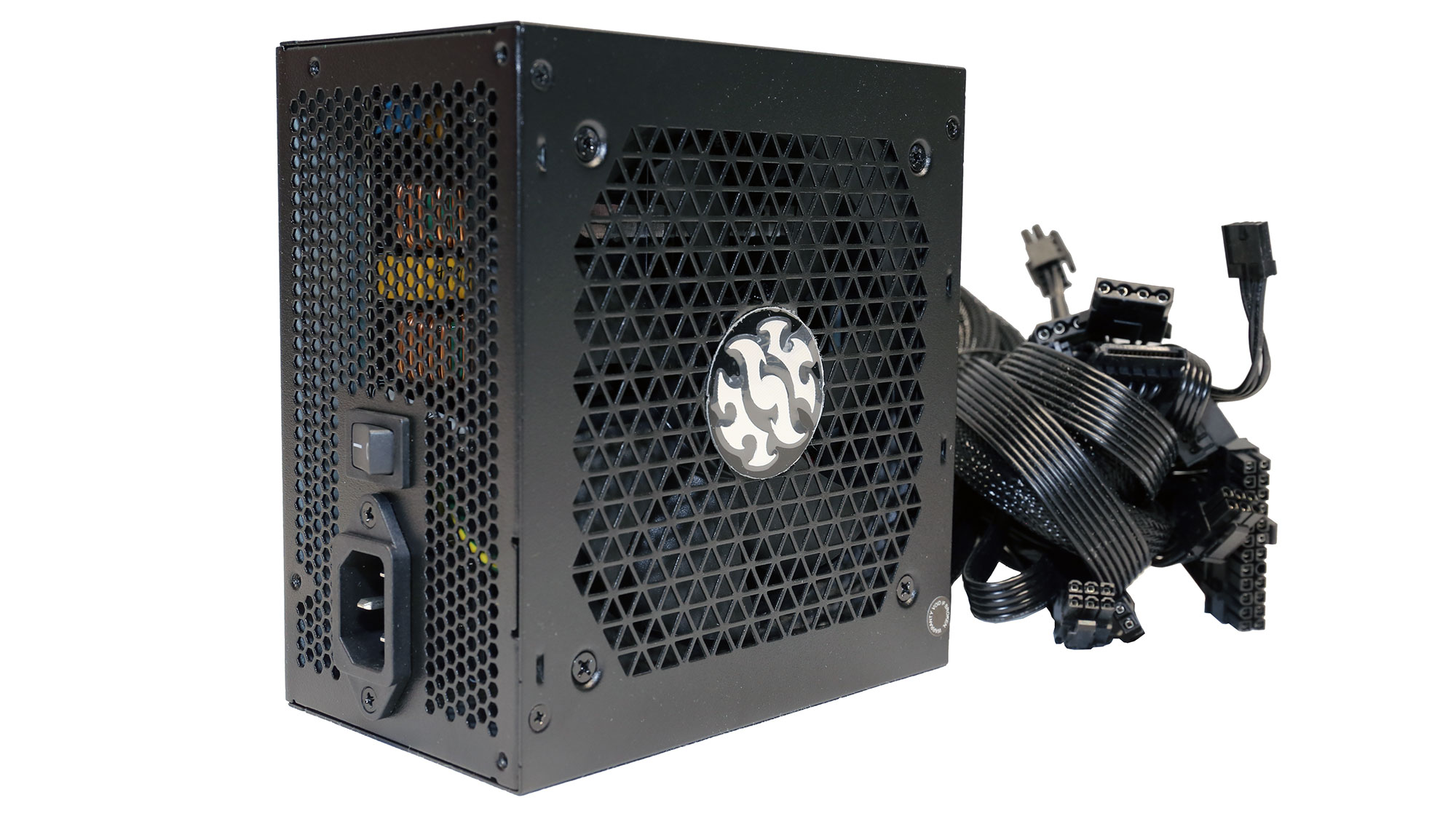


There are no modular cables in the Pylon units, and this will probably be a let down for most users, but fixed cables cost less and allow for lower price tags. The Pylon 650 has the same compact dimensions as the other models in this line, and it uses a fluid dynamic bearing from Hong Hua. It is not common to see an FDB fan in this category, which besides lower noise output, has a higher lifetime, as well. Finally, the warranty is three-years long, which is satisfactory, but Thermaltake offers five-years in its Smart BM2 line, which uses the same CWT platform without the part upgrades that XPG asked for.

Product Photos


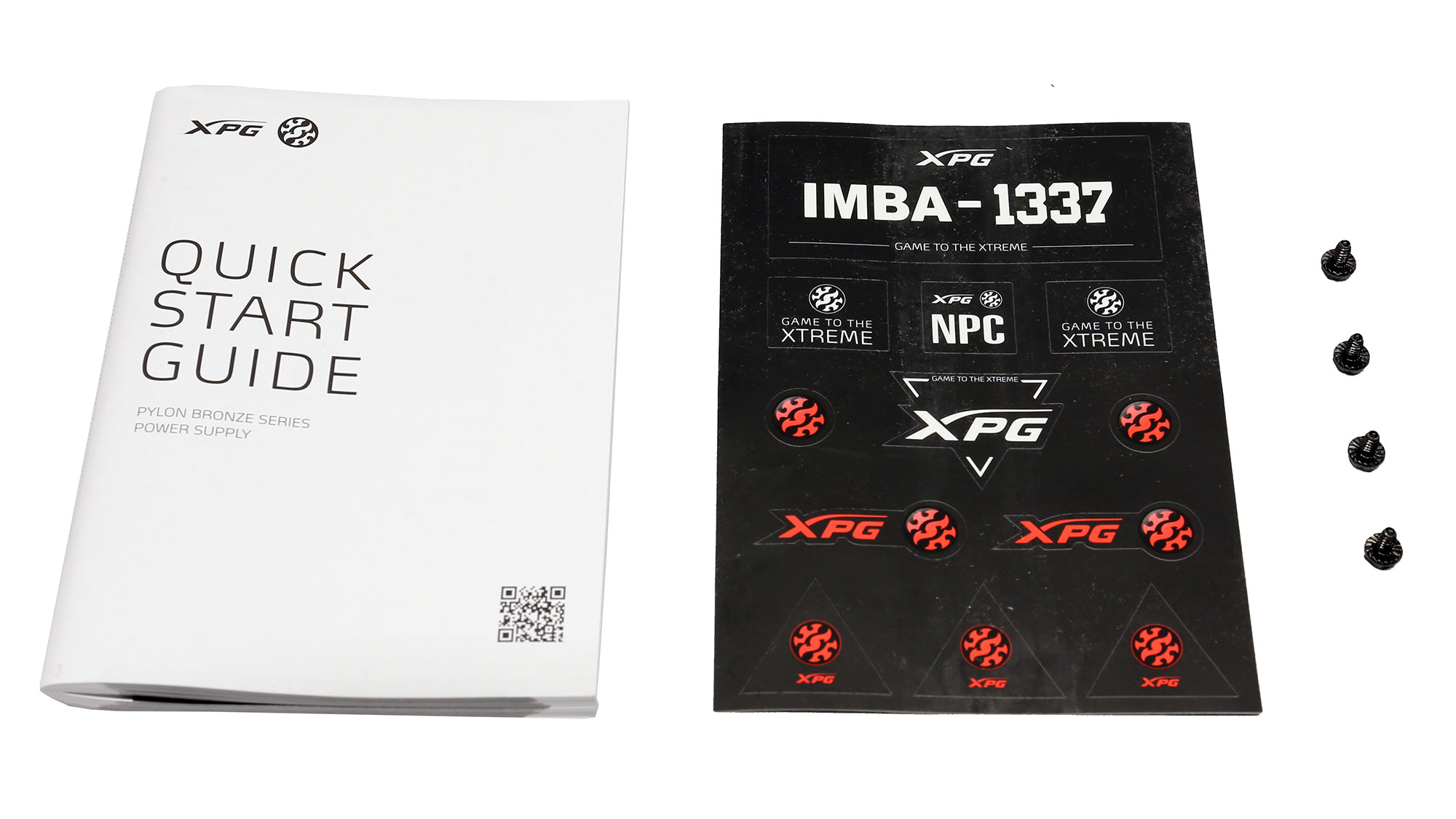
Specifications
|
Manufacturer (OEM) |
CWT |
|
Max. DC Output |
650W |
|
Efficiency |
80 PLUS Bronze, Cybenetics Silver (85-87%) |
|
Noise |
Cybenetics S++ (30-35 dB[A]) |
|
Modular |
✗ |
|
Intel C6/C7 Power State Support |
✓ |
|
Operating Temperature (Continuous Full Load) |
0 - 40°C |
|
Over Voltage Protection |
✓ |
|
Under Voltage Protection |
✓ |
|
Over Power Protection |
✓ |
|
Over Current (+12V) Protection |
✓ |
|
Over Temperature Protection |
✓ |
|
Short Circuit Protection |
✓ |
|
Surge Protection |
✓ |
|
Inrush Current Protection |
✓ |
|
Fan Failure Protection |
✗ |
|
No Load Operation |
✓ |
|
Cooling |
120mm Fluid Dynamic Bearing Fan (HA1225H12F-Z) |
|
Semi-Passive Operation |
✗ |
|
Dimensions (W x H x D) |
150 x 85 x 140mm |
|
Weight |
1.97 kg (4.34 lb) |
|
Form Factor |
ATX12V v2.52, EPS 2.92 |
|
Warranty |
3 Years |
Power Specifications
| Rail | 3.3V | 5V | 12V | 5VSB | -12V |
| Max. Power | Amps | 20 | 20 | 54 | 2.5 |
| Watts | 110 | 648 | 12.5 | 3.6 | |
| Total Max. Power (W) | 650 |
Cables & Connectors
| Native Cables | Row 0 - Cell 1 | Row 0 - Cell 2 | Row 0 - Cell 3 | Row 0 - Cell 4 |
| Description | Cable Count | Connector Count (Total) | Gauge | In Cable Caps |
| ATX connector 20+4 pin (660mm) | 1 | 1 | 18-22AWG | No |
| 8 pin EPS12V (650mm) / 4+4 pinEPS12V (+150mm) | 1 | 1 / 1 | 18AWG | No |
| 6+2 pin PCIe (560mm+150mm) | 2 | 4 | 18AWG | No |
| SATA (560mm+150mm+150mm) / 4-pin Molex (+150mm) | 2 | 6 / 2 | 18AWG | No |
| SATA (560mm+150mm) / 4-pin Molex (+150mm) / FDD (+150mm) | 1 | 2 / 1 / 1 | 18-20AWG | No |
| Modular Cables | Row 7 - Cell 1 | Row 7 - Cell 2 | Row 7 - Cell 3 | |
| AC Power Cord (1380mm) - C13 coupler | 1 | 1 | 18AWG | - |
The PSU has two EPS connectors, which is an asset, but the problem is that both are installed on the same cable, so you cannot fully utilize them. The proper way to offer two EPS connectors is through dedicated cables.
All of the cables are long enough, and there are an adequate number of peripheral connectors, although it would be better to replace the FDD connector with a 4-pin Molex one. Finally, the distance between the peripheral connectors is long enough, at 150mm.
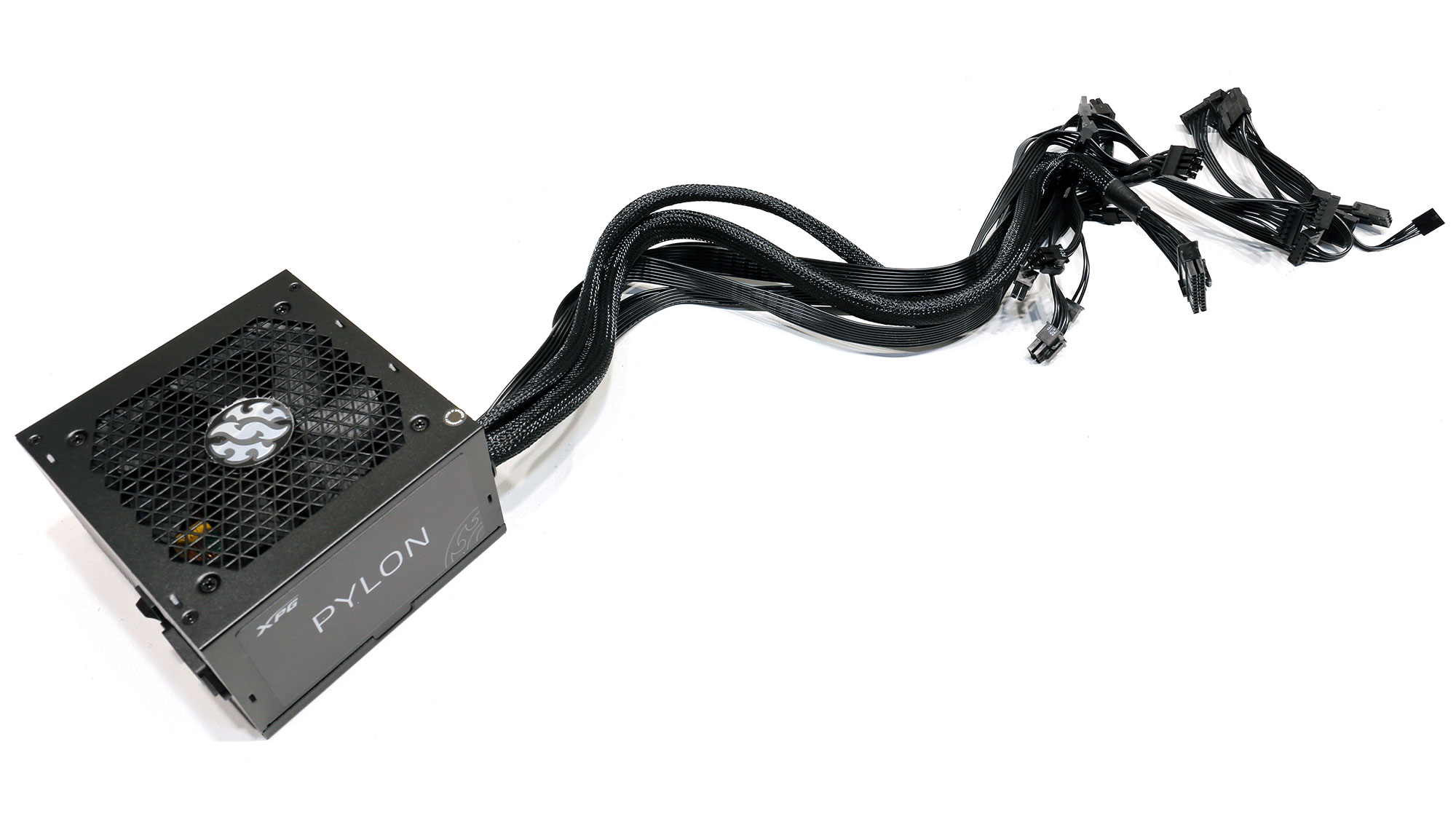
Cable Photos
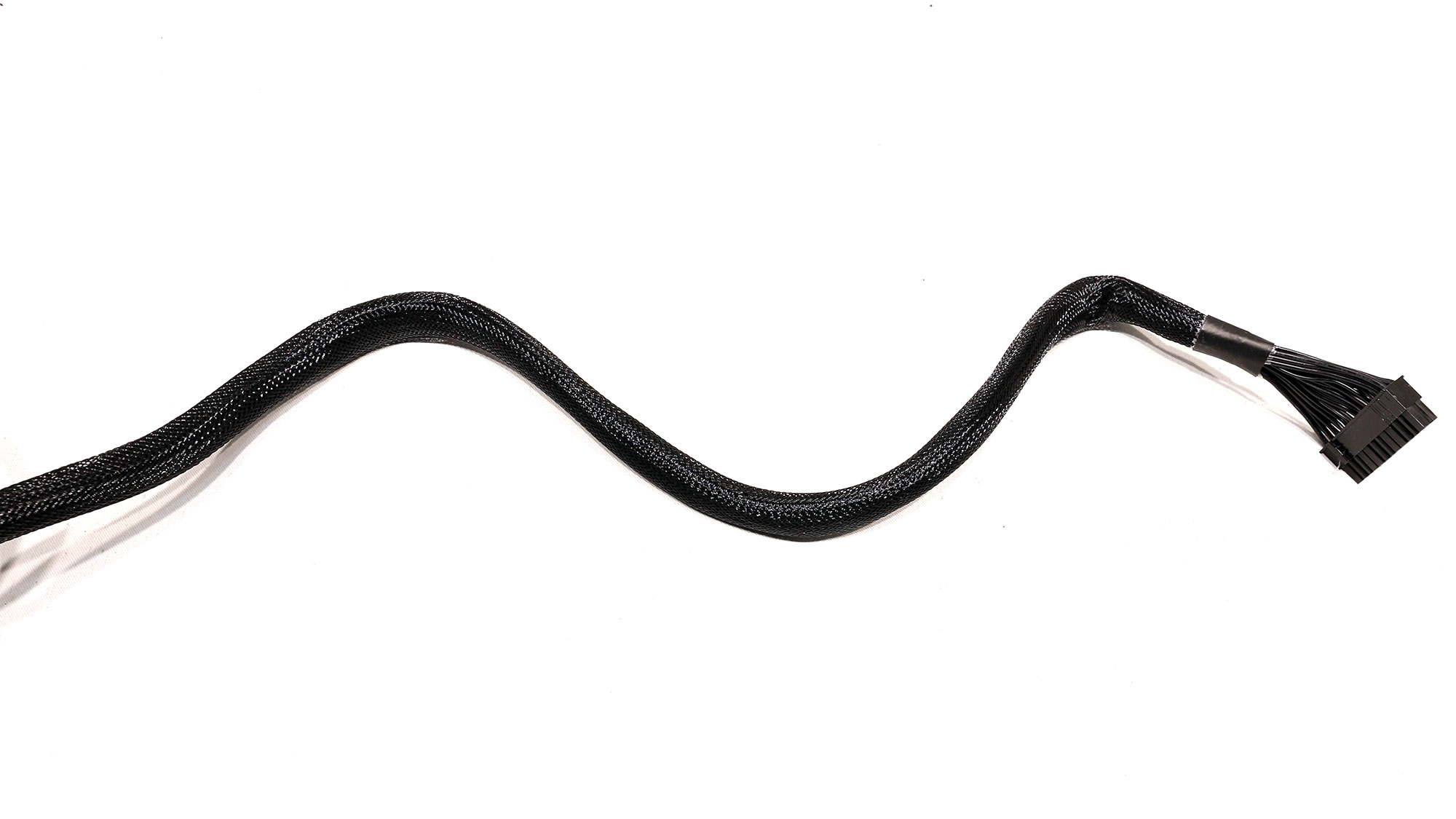





Component Analysis
We strongly encourage you to have a look at our PSUs 101 article, which provides valuable information about PSUs and their operation, allowing you to better understand the components we're about to discuss.
| General Data | - |
| Manufacturer (OEM) | CWT |
| PCB Type | Single Sided |
| Primary Side | - |
| Transient Filter | 4x Y caps, 2x X caps, 2x CM chokes, 1x MOV, 1x CAP200DG (Discharge IC) |
| Inrush Protection | NTC Thermistor SCK - 2R58 (2.5 Ohm) |
| Bridge Rectifier(s) | 1x GBU1506 (600V, 15A @ 100°C) |
| APFC MOSFETs | 2x Great Power GP18S50G (500V, 18A, Rds(on): 0.19Ohm) |
| APFC Boost Diode | 1x On Semiconductor FFSP0665A (650V, 6A @ 153°C) |
| Bulk Cap(s) | 1x Nippon Chemi-Con (400V, 470uF, 2,000h @ 105°C, KMW) |
| Main Switchers | 2x Silan Microelectronics SVF20N50F (500V, 12.6A @ 100°C, Rds(on): 0.27Ohm) |
| PFC/PWM Combo Controller | Champion CM6800TX & Champion CM03X |
| Topology |
Primary side: APFC, Double Forward Secondary side: Passive Rectification (12V) & DC-DC converters (5V & 3.3V) |
| Secondary Side | - |
| +12V | 4x PFC PFR30L60CT SBR (60V, 30A) |
| 5V & 3.3V | 4x Sync Power SPN3006 (30V, 57A @ 100°C, Rds(on): 5.5mOhm) PWM Controller: ANPEC APW7159C |
| Filtering Capacitors |
Electrolytic: 5x Elite (2-5,000h @ 105°C, ED), 5x Elite (2-5,000h @ 105°C, EK), 4x Elite (4-10,000h @ 105°C, EY), 2x Elite (3-6,000h @ 105°C, EV), 1x Elite (3-6,000h @ 105°C, EG), 2x Elite (2,000h @ 105°C, PF) |
| Supervisor IC | IN1S429I - DCG |
| Fan Model | Hong Hua HA1225H12F-Z (120mm, 12V, 0.58A, Fluid Dynamic Bearing Fan) |
| 5VSB Circuit | - |
| Standby PWM Controller | Power Integrations TNY287PG |

Overall Photos



The heat sinks are small on both the primary and secondary sides. Despite the small PCB, there is ample space between components, so the airflow is good. The only cramped area is hosting the fixed cables, which can only be fixed with a modular board. The latter would notably increase the production cost, though.
Get Tom's Hardware's best news and in-depth reviews, straight to your inbox.
The build quality is good, and XPG used Elite caps on the secondary side to boost reliability without increasing the BOM (bill of materials) cost. The FDB fan is also an asset to this product.

Transient filter






The EMI filter includes all necessary parts to restrict EMI emissions effectively. It also has a discharge IC to provide a small efficiency boost.

A single bridge rectifier is used, which is bolted onto a small heat sink.
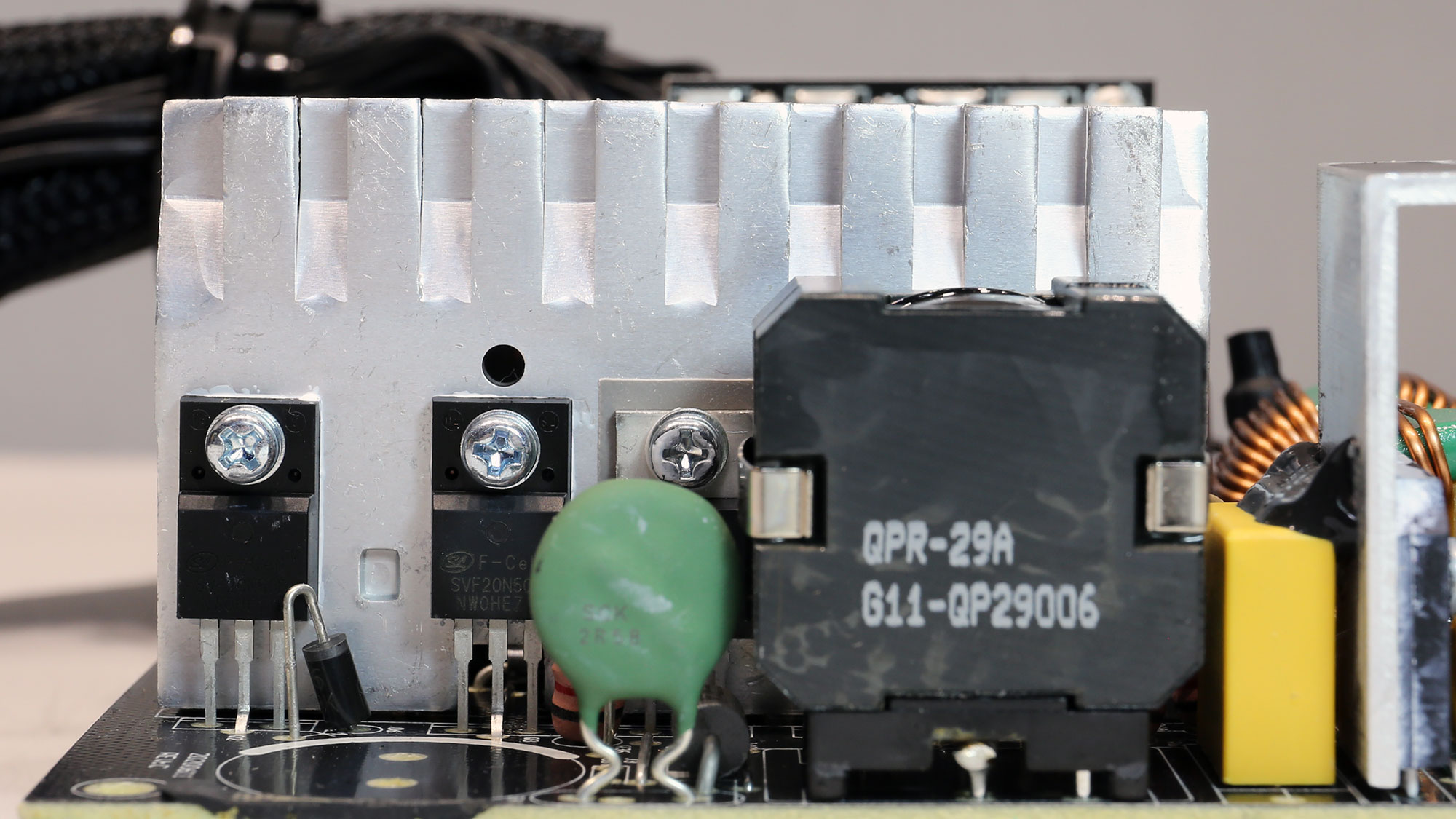
APFC converter

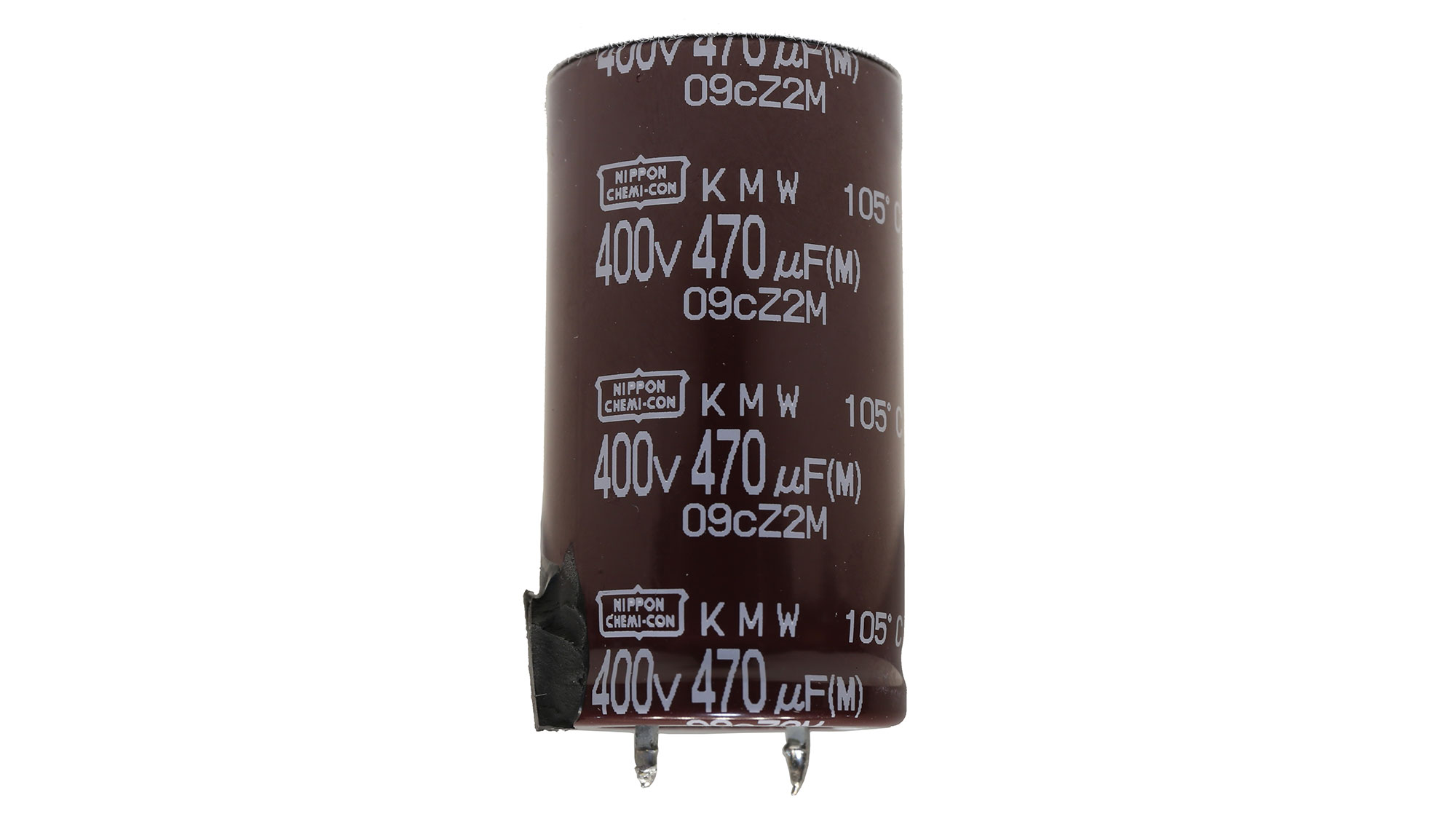
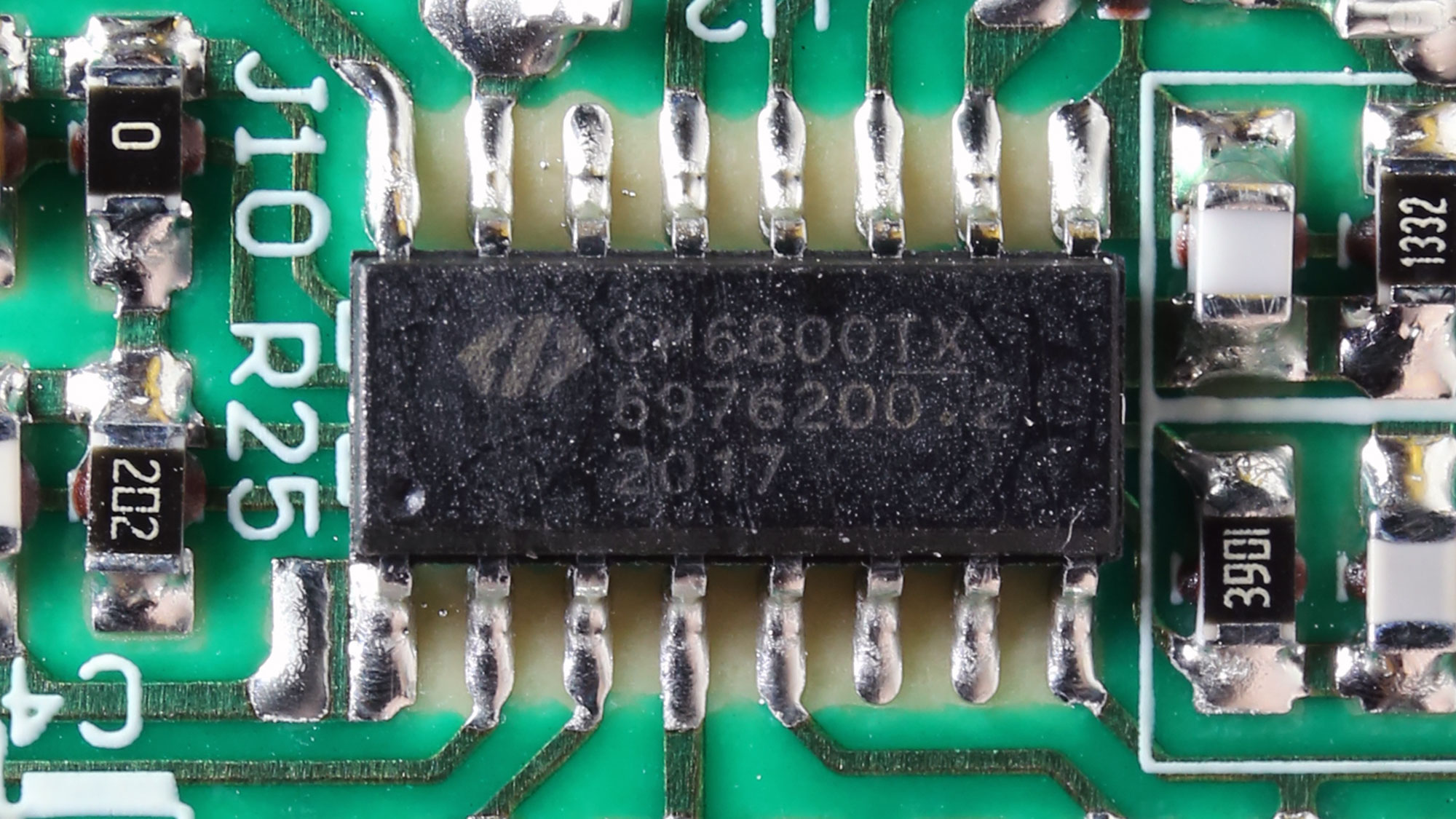

The APFC converter uses two Great Power FETs and a single boost diode, provided by On Semiconductor. The bulk cap is my Chemi-Con, and it is the largest that this platform can support.
The combo PFC/PWM controller is a Champion CM6800 IC, which was popular some years ago. It is supported by a CM03X controller, which restricts energy losses when the PSU is on standby.

Main FETs and primary transformer

The main FETs are by Silan Microelectronics and have higher RDS (on) than the APFC converter's FETs, so more energy will go wasted on them.

12V SBRs and VRMs





The 12V rail uses Schottky Barrier Diodes (SBRs) instead of FETs. SBRs allow for lower ripple, but they are not so efficient because they have higher voltage drops than FETs, where energy losses are tied to the RDS (on) value.
CWT installed a pair of DC-DC converters for the minor rails, which use four FETs and an ANPEC PWM controller.

Filtering caps


All caps on the secondary side, both electrolytic and polymer, are provided by Elite, so they are of good quality. In this category, Japanese caps would increase the price notably, so Elite is a good alternative.

5VSB Circuit

The standby PWM controller is a Power Integrations TNY287PG.
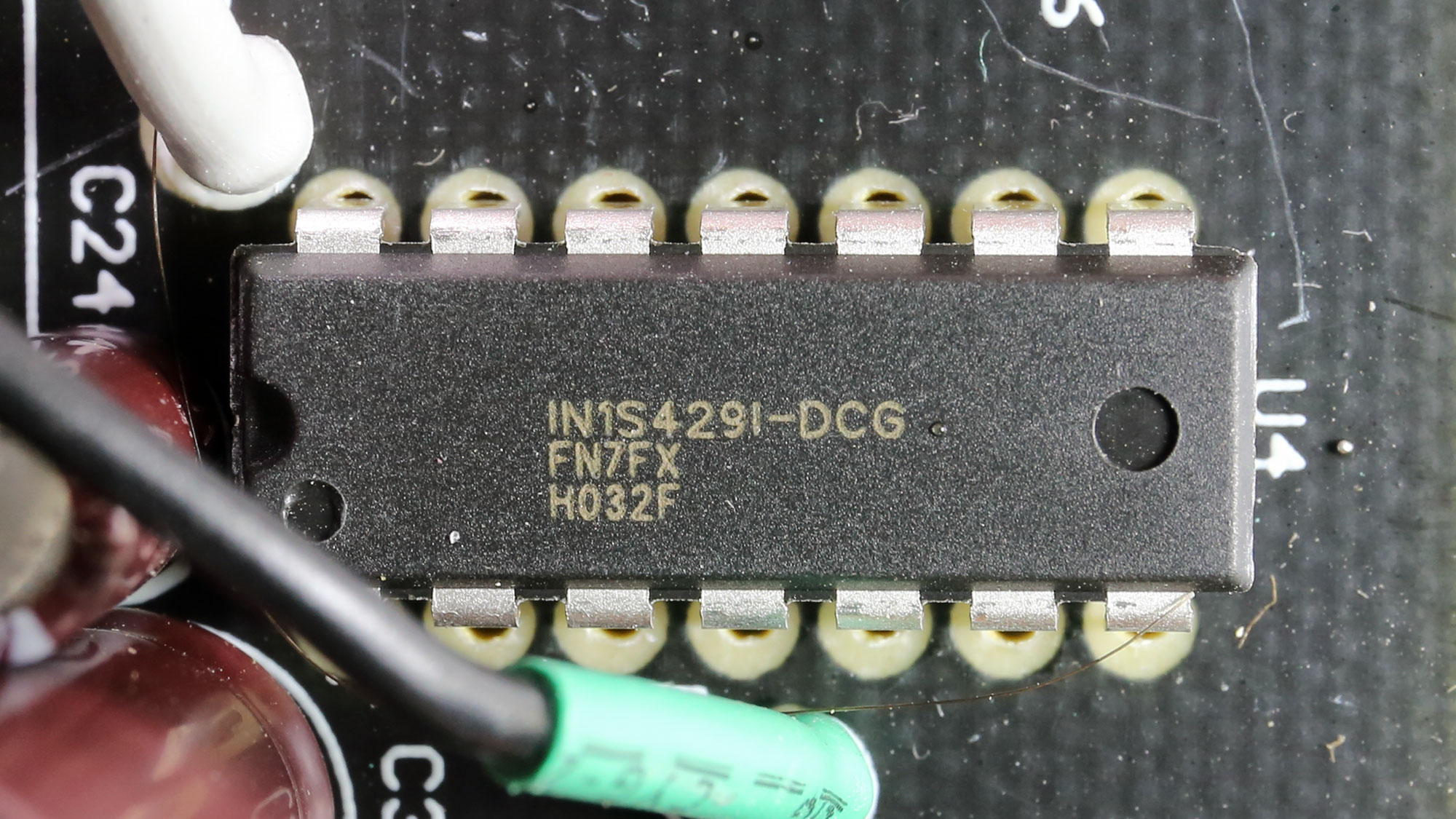
For the supervisor IC (IN1S429I - DCG) there is no information available.

Soldering quality
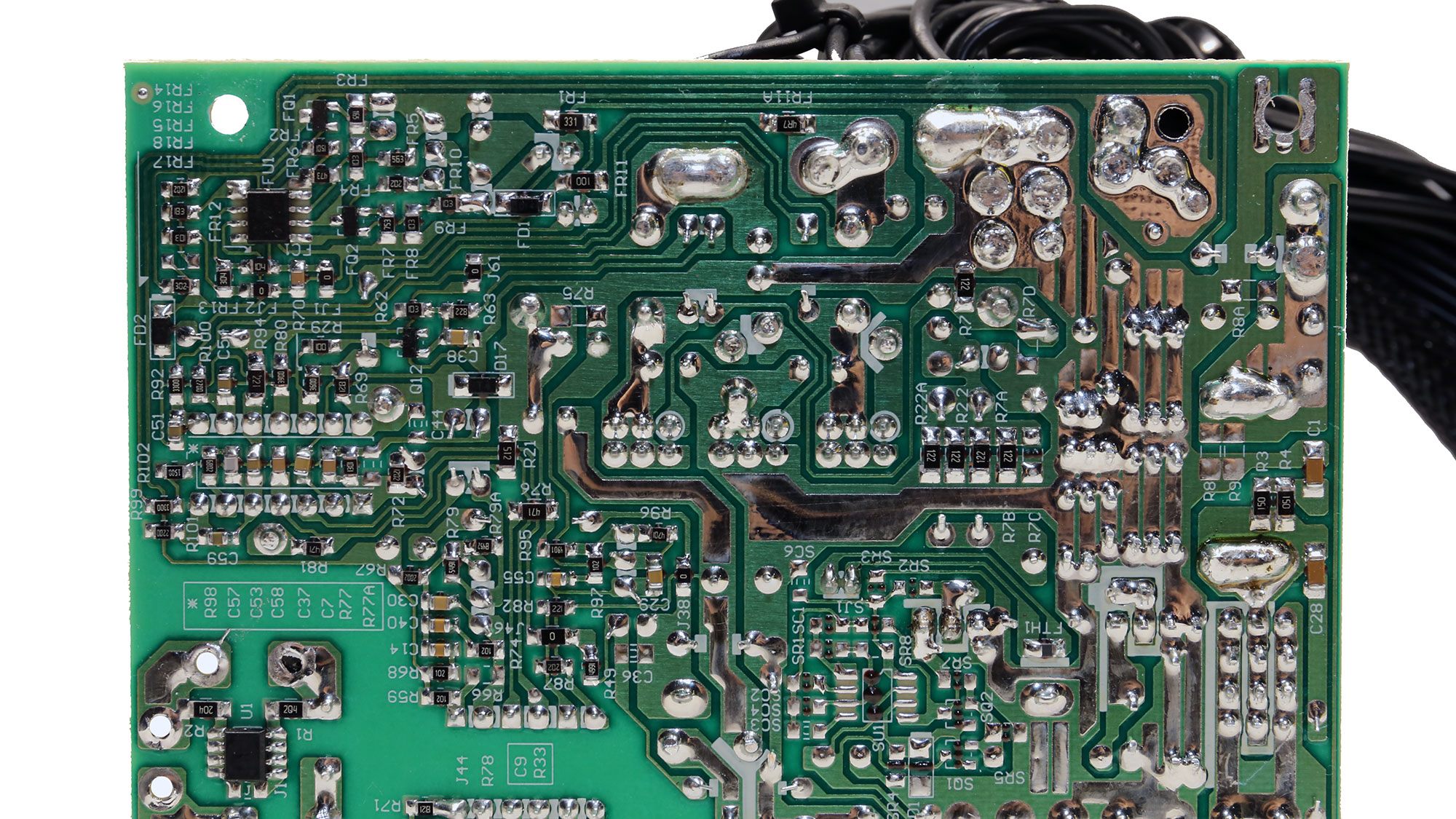


Soldering quality is satisfactory.
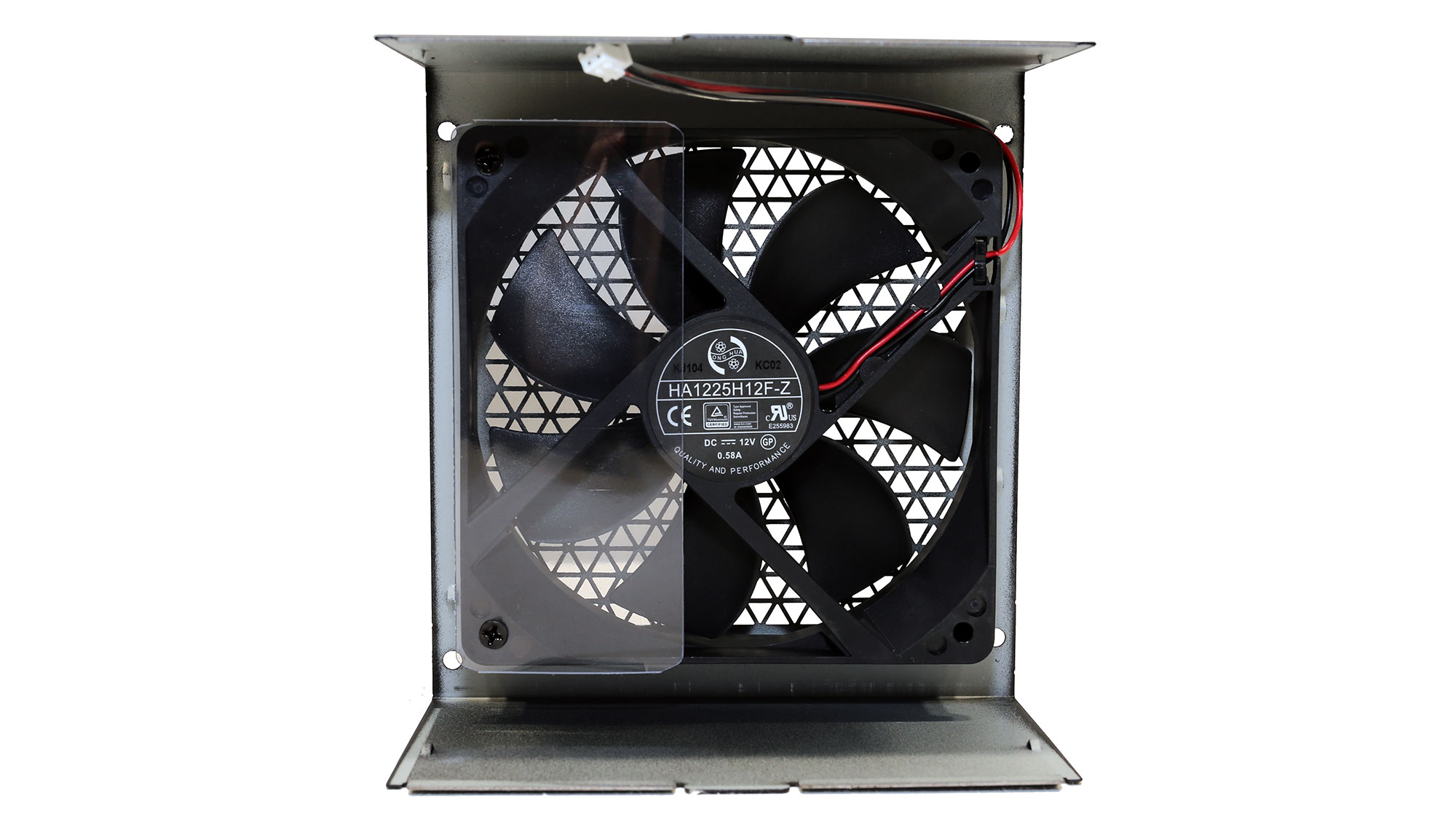
Cooling fan

It is great to see an FDB fan in this category, where rifle and sleeve bearing fans are mostly used.
MORE: Best Power Supplies
MORE: How We Test Power Supplies
MORE: All Power Supply Content
Current page: Specifications and Part Analysis
Next Page Load Regulation, Hold-Up Time, Inrush & Leakage Current, Efficiency and Noise
Aris Mpitziopoulos is a contributing editor at Tom's Hardware, covering PSUs.